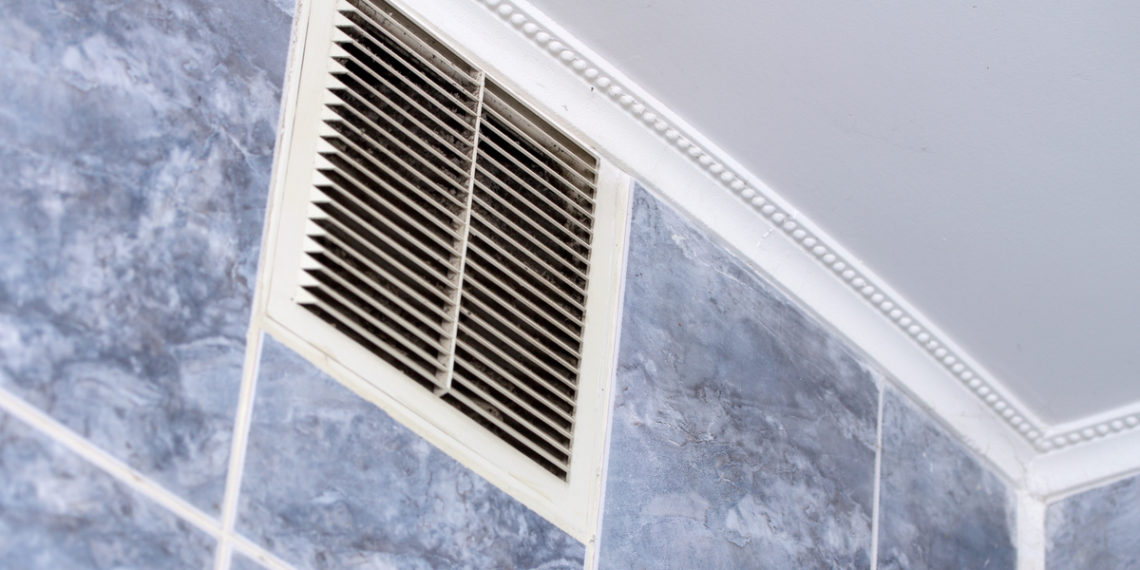Going to purchase a home? Think through your bathroom vents. Upstairs bathrooms are required to have 100% exhaust ventilation, but where does that vent go? It can be common for homeowners to assume that the vent is connected directly outside. Unfortunately, this is never the case. All bath and shower exhaust fans must independently discharge to either an approved exterior wall through a wall or roof penetration or into attic space and then out through a soffit.
Bathroom exhaust fans commonly have one of two types of equipment: a fan with ducting attached to it, or a fan that is installed in the attic with its discharge piped down to the outside. In both cases, proper bathroom ventilation cannot be achieved if the bathroom fan is situated in an unventilated attic space.
All bathrooms that have a stall shower or tub/shower combination require 100% exhaust ventilation fan. If you plan to update your existing bathroom vents by removing some of the walls, keep this in mind while designing your new layout. Make sure no one will be standing in the path of the exhaust fan – standing in the flow of air can be very uncomfortable.
Exhaust fans should never discharge straight into another living space; this is against code and quite unhealthy. To protect your home, all bathroom vents must either lead to an attic or outside through a roof or wall penetration. If there is no exterior wall vents near the bathroom area, consider installing an attic fan on the roof with a roof penetration to achieve proper ventilation.
The exhaust goes through your roof or walls and vents to the outside instead of into your bathroom.
In the quest for optimal indoor air quality and comfort, homeowners should consider integrating dehumidification systems into their homes. While exhaust ventilation addresses moisture issues in bathrooms, comprehensive environmental control systems offer broader solutions for maintaining ideal humidity levels throughout the entire house. These systems work in tandem with existing HVAC setups to regulate humidity levels, mitigating the risk of mold growth, musty odors, and other moisture-related problems.
By incorporating such systems, homeowners can enjoy a more comfortable living environment year-round, with benefits extending beyond moisture management. These systems help preserve indoor air quality, protect structural integrity, and promote overall well-being for occupants.
Whether it’s combating excessive humidity in bathrooms or ensuring balanced moisture levels throughout the home, investing in dehumidification systems provides a proactive approach to maintaining a healthy and harmonious indoor atmosphere.
But where do bathroom vents lead in an apartment building?
Building codes are different for an apartment building. Bathroom vents must lead to either the roof or an outside wall, not through your roof/wall like a house.
The bathroom vent is simply not connected to anything else which is why you might think it goes nowhere (it goes somewhere).
Bathroom exhaust fans must discharge directly outside of the dwelling through a roof or wall penetration and never into an attic.
Make sure your bathroom vent is vented properly by checking the exhaust pipe to make sure it’s not blocked off, and that there isn’t insulation covering it. If you’re unsure of anything, ask a licensed plumber to help you. Don’t risk your family’s safety.


